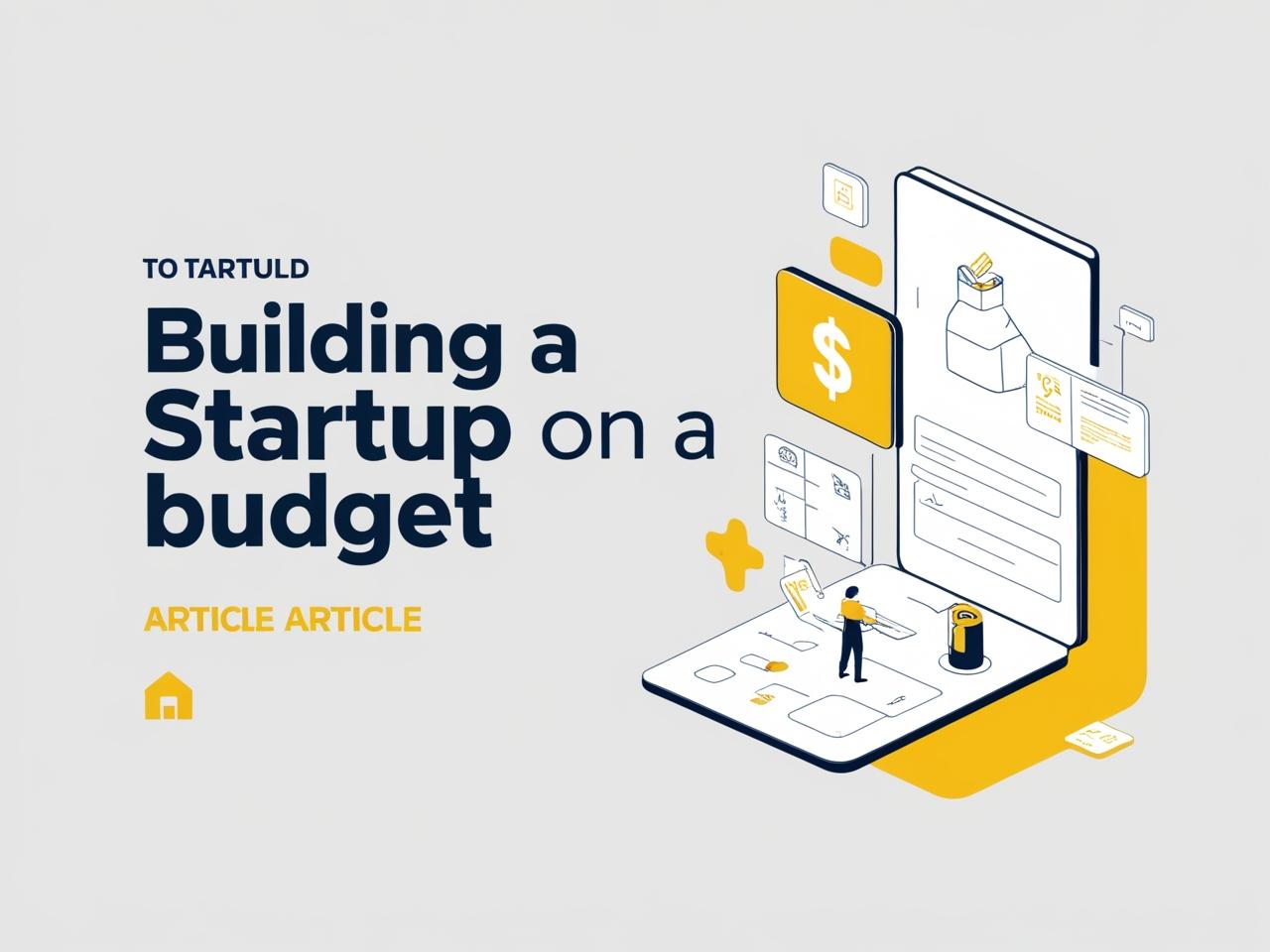Your business plan is a crucial tool for attracting investors or securing loans. While it’s important to have a well-thought-out plan for your business, it’s equally important to structure it in a way that appeals to potential funders. Here’s how to tailor your business plan to secure funding:
1. Start with a Strong Executive Summary
The executive summary is the first thing investors or lenders will read, and it should quickly grab their attention. Focus on:
- The problem your business addresses
- How your solution is unique and scalable
- The size of the market opportunity
- Your team’s expertise
Think of it as a compelling pitch that makes them want to read more.
2. Demonstrate Market Demand
Investors want to know that there is demand for your product or service. Use data and market research to show that your target market is large and growing. Include:
- Market size: How big is the opportunity? Use credible sources and research.
- Customer pain points: Why do people need your solution?
- Competitive landscape: Who are your competitors, and how will you differentiate?
Proving that your business addresses a real market need will help investors feel confident in its potential.
3. Present a Clear Revenue Model
Be specific about how your business will make money. Investors are particularly interested in businesses with scalable and predictable revenue streams. Whether you’re using a subscription model, direct sales, or a marketplace model, explain your pricing strategy and how it leads to sustainable growth.
4. Show a Path to Profitability
Investors want to know when your startup will become profitable. Provide detailed financial projections, including:
- Revenue forecasts: What are your sales projections for the next 3-5 years?
- Cost structure: How much will it cost to run your business?
- Break-even analysis: When do you expect to cover your costs and start making a profit?
Being transparent about your financials and showing a clear path to profitability will reassure potential investors.
5. Highlight Your Team’s Expertise
Investors often say that they invest in teams, not just ideas. Emphasize the strengths of your team and their relevant experience. Show that you have the right people in place to execute your business plan, and highlight any advisors or key partners who add credibility.
6. Address Potential Risks
Acknowledge the risks involved in your business, but also explain how you plan to mitigate them. This shows that you’re realistic and have a thoughtful strategy for overcoming obstacles.
7. Conclude with a Funding Ask
Finally, end your business plan with a clear ask. Specify how much funding you need and how you plan to use it. Whether you’re seeking seed funding, a loan, or venture capital, being clear about your financial needs will help investors make a decision.



